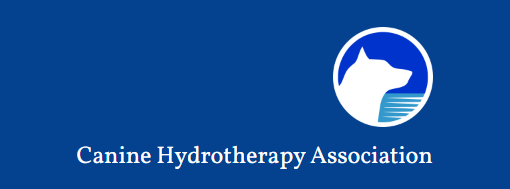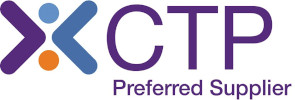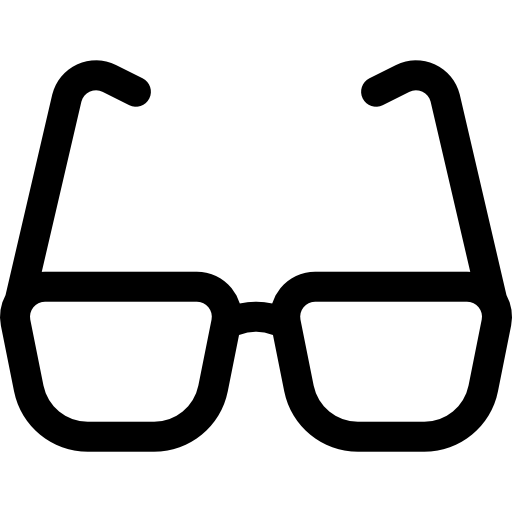Level 3 Diploma in Small Animal Hydrotherapy (Top up for Veterinary Physiotherapists)
MAKE AN ENQUIRY
| Ofqual Code | . |
|---|---|
| Qualification Level | 3 |
| Guided Learning Hours | 326 |
| Enrolment will be valid for | You have 24 months to complete your course. |
| Credits | 44 |
| Practical Placement (Mandatory) | This course includes 5 days of practical training. Placement dates can be chosen to suit the learner once the threshold has been met. |
| Study mode | Online & Practical |
| Start Date | Anytime |
| Entry Criteria | Candidates will need to provide evidence of their Physiotherapy qualifications in order to enrol on this qualification. Candidates must be aged 16 or over. |
| Assessment Method | You will be assessed via a combination of video and photo submissions, your supervisor will also need to provide witness testimonies. |
| Award Type | Diploma - Learners can expect their certification within 6 months of completing the course, following the (EQA) External Quality Assurance of assessment. All course fees, inclusive of all payment plans including our Premium Credit Limited option, must be settled before certification can be ordered. |
| Post Completion | Meets the Canine Hydrotherapy Association (CHA) membership requirements |


This course meets the Canine Hydrotherapy Association (CHA) membership requirements.
Course Description:
The Level 3 Diploma in Small Animal Hydrotherapy has been designed as a top-up for Veterinary Physiotherapists who want to further their professional development in animal hydrotherapy.
This qualification includes online theory and 5 days of practical experience in hydrotherapy and aquatic treadmill training where learners will be able to conduct gait analysis and review patient performance. Over 11 units, learners will gain knowledge of the techniques involved in the provision of hydrotherapy and the assessment required before small animal hydrotherapy commences.
In addition, qualified Small Animal Hydrotherapists can apply for an official membership.
Unit 1
Unit 1: Introduction to Small Animal Hydrotherapy
This unit is intended to provide learners with background information on hydrotherapy. They will understand what hydrotherapy is and various aspects involved in hydrotherapy from the properties of water to the equipment used. The learner will know the legislation related to the practice of hydrotherapy.
Unit 2
Unit 2: Conditions Presented for Hydrotherapy
The aim of this unit is for learners to gain knowledge of the conditions that are commonly presented for hydrotherapy, including medical, orthopaedic and neurological conditions.
Unit 3
Unit 3: Water Maintenance, Balance and Testing
Learners will develop the knowledge to understand the importance of key aspects of maintenance in a hydrotherapy setting. This will include water testing and how to interpret results from water tests.
Unit 4
Unit 4: Practical Skills in Small Animal Hydrotherapy
Learners will explore the practical application of hydrotherapy from the initial assessment to the preparation of the patient, to hydrotherapy treatment and aftercare. They will be able to conduct hydrotherapy pool sessions. Learners will be able to demonstrate skills in the practical administration of hydrotherapy.
Unit 5
Unit 5: Practical Advanced Aquatic Treadmill Therapy
This unit provides learners with the knowledge, information, and practical application of advanced aquatic treadmill techniques to adjust hydrotherapy treatment. Learners will be able to conduct a gait analysis and review patient performance.
Unit 6
Unit 6: Practical Aquatic Treadmill Treatment
This unit aims to give learners a practical skillset when using the aquatic treadmill. They will develop knowledge to understand factors affecting patients in the aquatic treadmill. They will be able to assess the small animal patients for suitability and create a design plan.
Unit 7
Unit 7: Administration in a Hydrotherapy Centre
The aim of this unit aims to demonstrate to learners the importance of Continual Professional Development and Professional Conduct within the workplace. Learners will develop knowledge of the roles and responsibilities within a hydrotherapy centre and the administration to be carried out.
Unit 8
Unit 8: Assessing Suitability of Animals for Hydrotherapy
This unit provides explores the veterinary referral process, assessment, and health checking of small animals. It also looks at the various professional team members involved in treating a patient, and their suitability for hydrotherapy.
Unit 9
Unit 9: Animal Behaviour
Learners will understand small animal behaviour in relation to hydrotherapy. They will develop knowledge related to safe handling and understanding body language in small animals.
Unit 10
Unit 10: First Aid for Small Animals
This unit looks at the aims of first aid, different types of emergencies that the learner may come across in a hydrotherapy centre, and practical application of first aid techniques.
Unit 11
Unit 11: Tissue Healing
Learners will develop knowledge of the tissue healing process, including factors that may affect this process, types of pain, and timing of hydrotherapy treatment.
You will have access to the course for 2 years.
This qualification includes theory and practical training: The theory element is studied online, at your own pace and with full tutor support. The practical training is carried out in partnership with our training providers - with excellent reputations and outstanding teaching staff, providing individual training placements and ensuring excellent outcomes for our students.
Benefits of Hydrotherapy
Hydrotherapy can benefit a range of conditions, these are primarily orthopaedic, medical and neurological in nature. Hydrotherapy is often recommended to help animals recover from injury or as part of a pain management plan. Some animals require Hydrotherapy treatment for weight control – particularly if they suffer from obesity.
Hydrotherapy is non-weight bearing, so is comfortable for the vast majority of users. Water allows the animal to move in a buoyant environment and can provide several health benefits including:
- Joint Flexibility
- Improved Mobility and Movement
- Reduced Joint Pain
- Build Strength
- Cardiovascular Fitness
There are several pre-existing conditions experienced by animal patients that could benefit from using Hydrotherapy as a form of treatment. These include
- Muscle and ligament Injuries
- Sprains
- Broken Bones
- Hip Dysplasia
- Spinal Injuries
- Paralysis
- Post-operative Muscle Regeneration
- Osteochondritis Dissecans (OCD)
- Obesity
- Weight Control
Hydrotherapy, in conjunction with veterinary treatment, can increase the healing process, improve general fitness and help aid recovery from injury.
Register My Interest

GET YOUR NUS EXTRA/ TOTUM CARD
All students who complete qualifications from level 3 or above are eligible for the NUS extra / Totum Card, which gives you access to over 200 UK student discounts with brands like Co-op, Amazon and ASOS. Apply and find out more at https://www.totum.com/
















